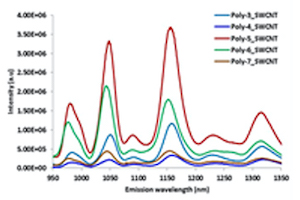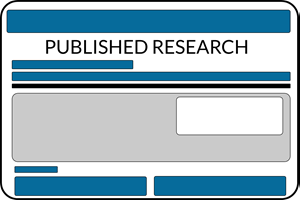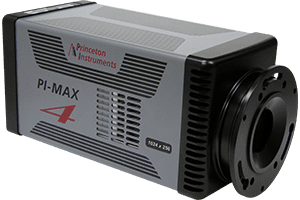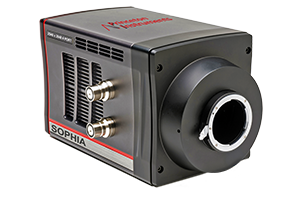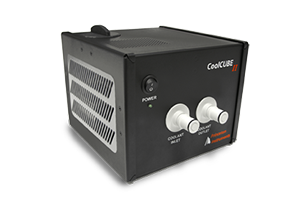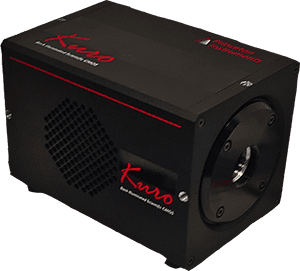
The KURO® is the first back-illuminated scientific CMOS camera. With high sensitivity and fast frame rates the KURO is optimal for applications such as hyperspectral imaging, astronomy, cold-atom imaging, quantum imaging, fluorescence spectroscopy, and high-speed spectroscopy
- >95% QE, back-illuminated sCMOS
- 1.5 e- (rms) read noise
- High UV sensitivity
- High speed
- Large pixels
Key Features
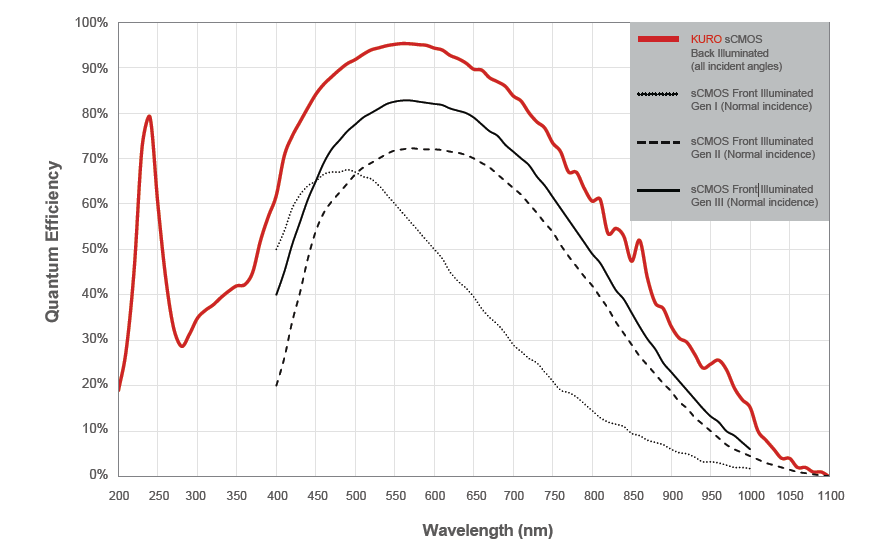
Highly Sensitive
Using a back-illuminated sCMOS detector, the KURO is able to deliver >95% quantum efficiency with 100% fill factor matching that of the most sensitive CCD detectors available.
With no masked pixel area, the KURO is able to recapture light regardless of the incident angle, ensuring maximum photon capture.
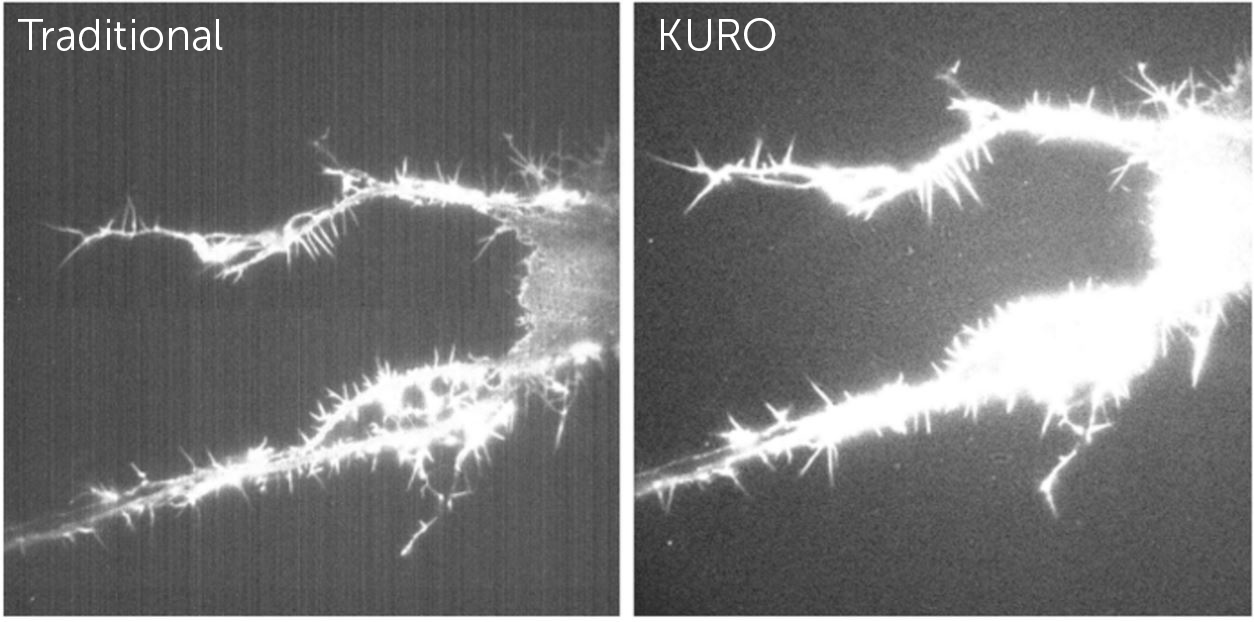
Reduced Fixed-Pattern Noise
Latest sCMOS fabrication technology allows the KURO to provide a significantly better noise profile than any previous-generation, front-illuminated sCMOS camera.
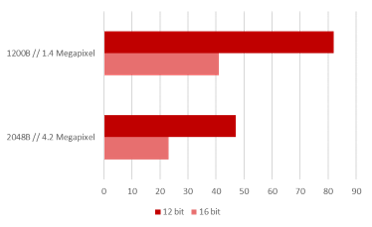
High Speed, Low Read Noise
With an extremely low 1.3 e- (rms) read noise, the KURO is able to deliver high quality images with very low signal.
Taking advantage of sCMOS architecture, the KURO 1200B delivers high frame rates of 82 fps (12 bits) or 41 fps (16 bits), with the KURO 2048B delivering 47 fps (12 bits) or 23 fps (16 bits).
Large Pixel Size
Taking advantage of an 11 μm2 pixel pitch the KURO sensor captures 2.8x more photons than previous generation sCMOS sensors. Each pixel is also capable of handling a large full well of 80,000 electrons, allowing for excellent dynamic range.

Powered by LightField Software
Powerful and intuitive software with built-in math engine allows for the complete control of cameras and spectrographs, with real-time image analysis and spectral data.
LightField software provides seamless integration of hardware controls and direct data acquisition into programs such as National Instruments’ LabVIEW® and MathWorks’ MATLAB®. This software also fully supports IntelliCal automated wavelength and intensity calibration.
The KURO can also be fully controlled by PICAM SDK, eliminating any overhead that can occur when communicating through other development environments.
Family Specifications
| Pixel size | 11 x 11 μm |
|---|---|
| Full well | 80 000 e- |
| Readout noise | 1.3 e- rms |
| Supported interfaces | High-speed USB 3.0 |
| Sensor Type | Back-illuminated scientific CMOS |
| Sensor cooling | Air -10℃ Liquid assist -25℃ |
| Dark Current | 1.9 e-/p/s/ at -10℃ 0.7 e-/p/s at -25℃ |

